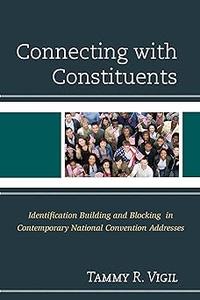
Free Download Constituents of Modern System-safety Thinking: Proceedings of the Thirteenth Safety-critical Systems Symposium, Southampton, UK, 8-10 February 2005 By David H. Smith (auth.), Felix Redmill, Tom Anderson (eds.)
2005 | 226 Pages | ISBN: 1852339527 | PDF | 5 MB
Constituents of Modern System-safety Thinking contains the invited papers presented at the Thirteenth annual Safety-critical Systems Symposium, held at Southampton, UK in February 2005.The papers included in this volume bring together topics that are of the utmost importance in current safety thinking. The core of modern safety thinking and practice is a risk-based approach, and, this is not only a common thread running throughout the papers, but is also explored in two of them. Other themes considered include the safety case, safety assessment, accident investigation, and the commonality between the processes and techniques employed in safety and security engineering.Papers contain extensive industrial experience as well as recent academic research and are presented under the headings: Independent Safety Assessment, Safety and Security, Accident Investigation, Risk and its Tolerability, Achieving and Arguing the Safety of Modular Systems, and Technologies for Dependability.
